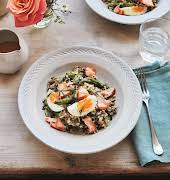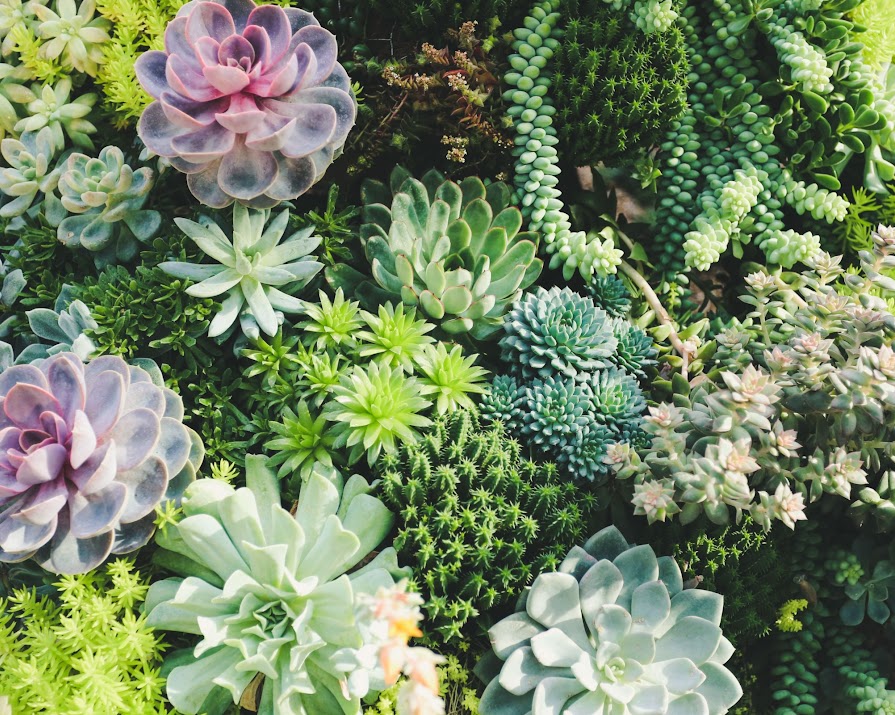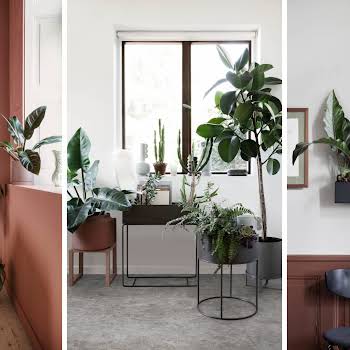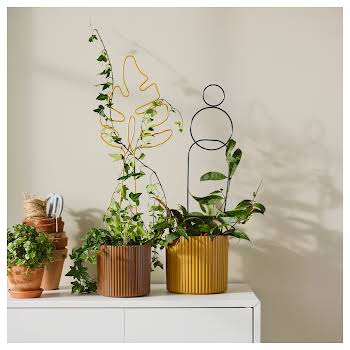
By Kate Phelan
24th Mar 2019
24th Mar 2019
Star-shaped and otherworldly, succulents make stellar house guests. In fact, they’ll completely forgive you if you totally forget them. But best not to do that if you want them looking their most fetching. Below are five general rules for keeping them flourishing.
Let there be light
This may be easier said than done in Ireland, but best practice is to give these desert plants plenty of light. Make sure outdoor succulents are planted in a bright area of your garden and place indoor ones in south-facing windows – keep them out of direct midday sunlight to avoid scorching.
Under-lit succulents can suffer from etoliation, a stretching of the stem and spreading out of the leaves. A solution is to give the plant better light and prune it back to its original shape.
Related: Five plant pots to bring the outside in

Water Warily
Succulents are especially sensitive to the dreaded overwatering, which can lead to plant rot. Succulents should be watered well in spring and summer (their growing season), but soil should be allowed to dry out almost completely in between waterings. During colder months, they should be watered minimally, if at all. Overwatered succulents may have puffy-looking stems or leaves that look soft and discoloured. They can also wilt as if they need water because roots have died from too-wet soil.
For over-watered succulents, unpot the plant and check the roots. If only limited rot has set in, you may be able to cut it away using a sharp knife until all that is left are healthy, white roots and repot in dry soil. Alternatively, take a cutting and propagate the parent plant.
Deft drainage
Key to avoiding overwatering is ensuring proper drainage. Make sure your succulents have well-draining sandy or loamy soil as opposed to general potting soil, and if your plant is in a container, make sure the pot has drainage holes at the bottom. Unglazed terracotta pots are best for drainage, and specialised free-draining soil mixtures designed for succulents and cacti are available.
Related: Five kill-proof houseplants for the foliage-challenged

Fertilise frugally
Opinion is divided on whether to fertilise or not to fertilise, but the rule of thumb is to proceed with caution, as too much fertiliser can be worse than none for succulents. If you do decide to fertilise, use a low-nitrogen option and only during summer growing season.
Watch for frost
Most succulents can only survive down to temperatures of around 5ºC and need to be taken indoors in winter to avoid frost damage. Some are hardier than others but best not to take any chances.
Feature image: Yen Vu on Unsplash

























